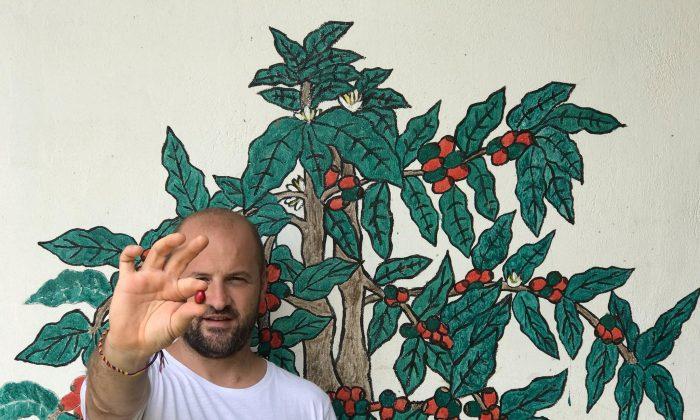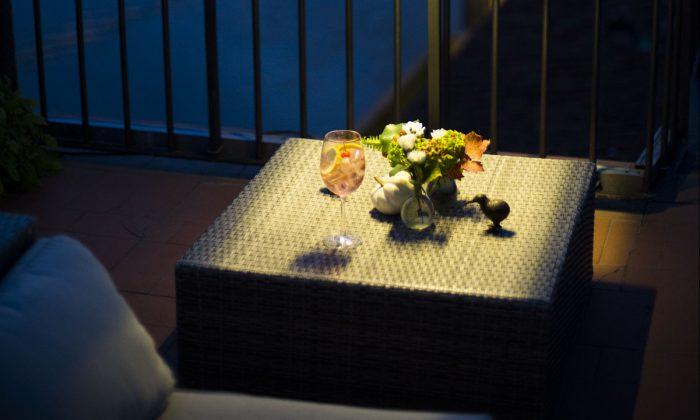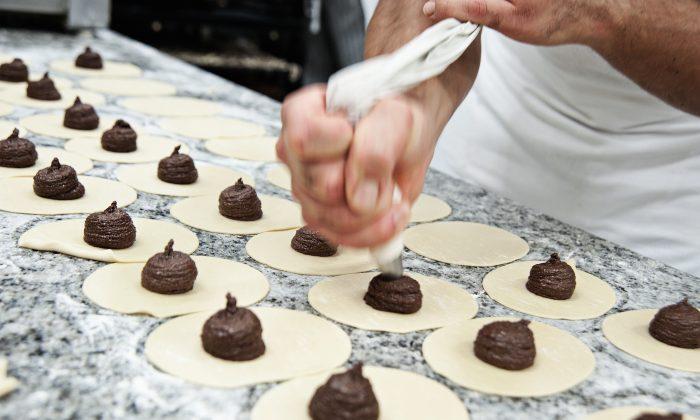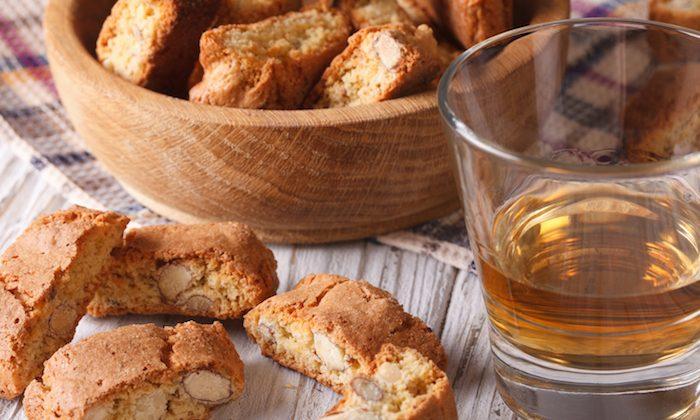Who better to ask for advice on your morning cup of joe than the best taster in Italy, a country famed for its coffee culture?
Francesco Sanapo, a dynamo of energy and enthusiasm, recently won the 2019 Italian Cup Tasting Championship, held by leading Italian trade fair organizer Italian Exhibition Group. This unique competition required competitors to identify each of 24 cups of coffee, distinct in type and origin, in a sequence of eight triplets, using only aroma and taste—all in under eight minutes.
“Speed is absolutely essential; even a few tenths of a second matter,” noted Sanapo, who won by guessing eight out of eight sets correctly in just three minutes and 35 seconds.
We asked Sanapo, who is also the three-time winner of the Italian Barista Championship and a 2013 World Barista Finalist, for his advice on selecting, storing, and savoring coffee.
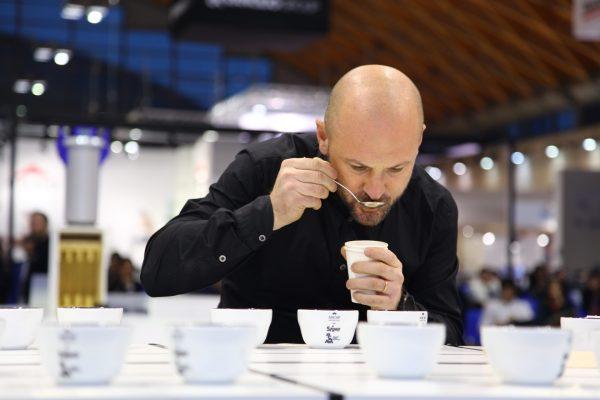
Francine Segan: What’s the secret to making a good cup of coffee?
Francesco Sanapo: It is very important to start by saying that you have to buy quality coffee, preferably as fresh as possible. I always recommend buying coffee by carefully looking at the date of roasting; for me, the ideal coffee is up to a maximum of 3 months old from the date of roasting, after which the beans begin to lose their aromatic strength.
Freshly ground beans are essential to an excellent cup of coffee. I highly recommend buying a good quality coffee grinder and grinding the beans just before you use them.
Ms. Segan: What’s your favorite machine for home brewing?
Mr. Sanapo: In reality, it isn’t so much the way you brew as the beans that are key. A good cup of coffee starts with the purchase of good raw material, roasted fresh and ground right before use. After that, it is important to use good water.
My personal favorite method of preparation is still the Moka, because I love the ritual of this classic Italian preparation. I love the aroma of coffee it makes, something that was part of my waking up since I was a child. Besides the Moka, I also like the French press, especially for its simplicity of preparation.
Ms. Segan: How should we store coffee beans?
Mr. Sanapo: You have to keep the coffee in a cool and dry place in an air-tight, tightly closed container. The worst enemy of coffee is oxygen and consequently oxidation; coffee loses its aroma and taste for every single second it is exposed to air.
Ms. Segan: Which is better: single-origin or blended coffee?
Mr. Sanapo: Both can be wonderful. I am fascinated by coffee coming from a single plantation, where you can admire the work of the producer and the unique terroir of the land. At the same time, I am also an admirer of blended coffee, because the roaster’s special recipe can enhance the ideal nuances of each individual coffee to create a well defined, balanced taste.
Ms. Segan: What are the different subtleties of the flavors in coffee, and where do they come from?
Mr. Sanapo: It must be stressed that coffee contains more than 800 aromatic substances—that’s even more than wine. Coffee is a complex product, and its taste is characterized by the terroir that surrounds the plant and in particular by all the agricultural techniques implemented by the producer, such as their harvesting techniques.
In fact, when coffee berries are picked is crucial. They must be picked when they have reached the ideal level of ripeness, which significantly affects the sweetness of coffee. The particular botanical variety of the coffee and the whole process of harvesting should not be underestimated.
The taste of coffee is decided in its country of origin. Then, we roasters have the task of enhancing the taste profile of each individual coffee through proper roasting.
Ms. Segan: What are your tips for sharpening our palates to be able to catch those subtleties?
Mr. Sanapo: Simply pay attention. Be aware during the tasting, connect your palate with your brain. It seems like simple and trivial advice, but in reality, the majority of coffee consumers approach coffee sort of like drinking medicine, drunk only to wake up. Most average consumers don’t treat coffee tasting as they might wine tasting, sipping and paying attention to its many nuances in aroma and flavor.
Ms. Segan: What defines a good, well-balanced cup of coffee?
Mr. Sanapo: I start with aroma, a very important aspect of coffee. An intense and sweet aroma is often synonymous with good quality. After that, harmony of taste is fundamental—acidity, bitterness, and sweetness should work in total balance.
I love coffees with clear flavors. I like to describe to my customers ones that are easy to find, even for less trained palates. For example, if I say that the coffee I serve has hints of cinnamon and apple, these characteristics must be clear also for the customer. Yes, some coffee has those lovely flavors. If you have the chance, try ours; it’s called “El Diamante.”
Ms. Segan: How should we average coffee drinkers find a variety we like?
Mr. Sanapo: Rely on real professionals, ask questions of baristas, seek out the latest generation of coffee shops. In short, look for and buy coffee in places where coffee is revered and not just a product on a store shelf.
Sanapo owns Ditta Artigianale, a café bar and micro-roastery in central Florence. His coffee beans are available online at DittaArtigianale.it and can be shipped anywhere in the world.
Francine Segan, a food historian and an expert on Italian cuisine, is a James Beard-nominated author of six cookbooks, including “Pasta Modern: New & Inspired Recipes from Italy” and “Dolci: Italy’s Sweets.”

